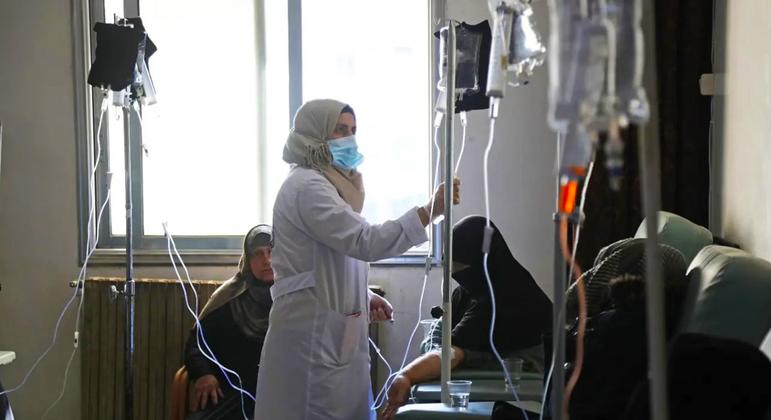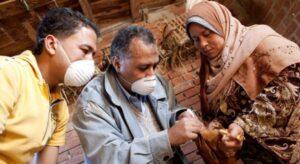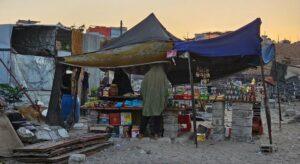The development comes 11 months after the country’s devastating civil war ended with the toppling of the Assad regime by opposition forces loyal to new president Ahmad Al-Sharaa.
Today, as Syrians return home in increasing numbers, the shattered country faces chronic shortages of internal investment, medicine, power and equipment.
According to the WHO, only 58 percent of hospitals and 23 percent of primary health centers are fully functional today.
“Services on the ground are still very fragile … health care needs are still increasing,” warned the UN agency’s representative in Syria, Dr. Christina Bethke.
She said that since the middle of the year, more than 400 health facilities have been hit by funding cuts and 366 have suspended or reduced services.
A total of 7.4 million people have seen their access to medicine and treatment shrink, says the WHO.
In just two months, it has prevented 122,000 trauma consultations from happening and meant that 13,700 births have taken place without a skilled attendant.
“We continue to see shortages of health workers and the conditions to enable the return of these skilled health professionals are still not necessarily in place,” said Dr. Bethke to journalists in Geneva via video from Damascus.
More than a million go home
The latest UN data indicates that more than 1.16 million Syrians have returned to their country since the fall of the Assad regime.
The lack of accessible health care is a key factor keeping more from returning home, in addition to the widespread destruction of homes and infrastructure, insufficient jobs and the ongoing volatile security situation.
According to the UN refugee agency, UNHCR, more than seven million Syrians remain displaced within their country, and more than 4.5 million still live abroad.
“Most people would prefer to go back with their families, so if you’re thinking about going back to your beloved Syria, you want to know that there’s a school there, that there’s shelter there, that you have electricity and connectivity, that you have water,” explained WHO’s Dr. Bethke.
Overhanging flash points
In northeastern Syria, Hassakeh National Hospital could see donor support run out next month.
It is the only comprehensive public hospital for more than 300,000 people. If funding fails, key services that will suffer are likely to include the ambulance and referral system, along with round-the-clock primary care in several camps.
“We also received reports from partners this week that support to al-Kasrah General Hospital in Deir-ez-Zor has been suspended, forcing most departments to halt operations, with only dialysis and physiotherapy continuing – affecting over 700,000 people,” Dr Bethke added.
To maintain health care in Syria, the UN and health partners require $565.5 million.
Only about 20 percent of this has been received. Of the $141.5 million WHO needs this year for its work and that of its partners, $77 million remained unfunded last month.
“Without predictable, multi-year support, the health system could unravel just as recovery is within reach,” insisted Dr Bethke.



